
Healthcare Services
FourNet works with some of the UK's leading hospitals, health boards and ambulance services to deliver 999 and 111 contact centre solutions, communications and collaboration capabilities and secure network infrastructure.
Our Community Cloud capabilities provide the technological capabilities to enable Integrated Care Boards to deliver integrated health and social care services across multiple different organisations. Providing access to the latest technology and economies of scale, a FourNet Community Cloud solution removes the technological barriers to collaboration and enables the sharing of scarce resources and services.
Working together for patients
FourNet provides the communication, collaboration and connectivity solutions required to modernise a Healthcare organisation’s engagement with patients.
Our range of collaboration solutions provides healthcare professionals with the capabilities to collaborate within and between organisations, linking the patient data and processes of an Electronic Health Record system into our Contact Centre and Unified Communications solutions. This single-patient view ensures all users have access to the right information to deliver the best outcomes for the patient.
FourNet’s Secure Infrastructure solutions ensure that patient data is held and accessed securely by the right people.
Evolving patient expectations
The impact of the pandemic has driven the use and take-up of digital technologies across health and social care. Video consultations with GPs and surgeons have become commonplace, and the centralised booking system for vaccinations and the NHS app providing a front-end consolidation of the patient record has created increasing expectations among patients for digital options.
FourNet’s Patient Experience (PX) Consulting can help healthcare organisations track the patient journey, simplify processes and divert appropriate contacts to digital channels, thereby freeing resources to focus on more complex challenges.
This can help improve patient satisfaction, reduce costs, simplify appointment scheduling to reduce no-shows, increase patient care-plan understanding and adherence, and deliver overall operational efficiencies.
Supporting Integrated Care Systems
The creation of the Integrated Care Systems to deliver joined-up health and social care to citizens requires inter and intra-organisational collaboration and data sharing. FourNet’s Community Cloud solutions are designed to support this collaboration within and across organisational boundaries. Our Community Cloud solutions are already helping deliver shared omnichannel contact centre capabilities and connectivity for GP surgeries for appointment booking and prescription re-ordering and are enabling the secure sharing and access of patient data between local authorities, acute and mental health trusts to deliver better patient outcomes.
Shared economies of scale are giving healthcare organisations access to the latest technologies such as AI powered chatbots which not only triage and divert patient queries but are also helping overcome scarce language and translation skills.
The challenges faced in Healthcare
Care Team Collaboration
To deliver the best patient outcomes, health and social providers need to collaborate with colleagues within their own organisation and with partners across different organisations.
FourNet collaboration solutions enable collaborative working within and across organisational boundaries.
Our solutions ensure everyone involved in patient care has access to the right information through one simple application providing a single patient view linking the patient data and processes of an Electronic Health Record system into our Contact Centre and Unified Communications solutions.
Patient Access Services
Utilising the latest digital technologies to enable self-service or assisted service helps give patients control of their own care and reduces the administrative burden on healthcare organisations.
From virtual consultations to appointment reminders, our self-service solutions enable patients to manage their own schedules and reduce missed appointments.
FourNet patient access solutions integrate with leading EHR vendors for an integrated view of the patient for scheduling, test results, billing, and more. In addition, assisted self-service can enable patients to access test results but be escalated to an administrator or healthcare professional when necessary.
Secure Connectivity
Healthcare providers handle the most sensitive special category patient data. Ensuring access to the correct data required access across multiple devices distributed across data centres and many different types of cloud. This means sensitive patient data now traverses many 'network edges', introducing new ways that threats can access the IT estate.
FourNet's Secure Infrastructure solutions incorporate access & endpoint security, secure networking, cloud security, network operations and security operations into one common operating system and management framework to ensure patient data is secured and protected.
Our systems can integrate communications directly into EHR patient portals, health system online assets, and provide integration, screen pop, and automated help, integrating with protocols and customer information in the EHR.
Secure Infrastructure
Protecting patients, data, and systems now requires a focused approach and layered solutions to ensure that risks are mitigated, and sensitive information is highly secure. Our secure infrastructure portfolio encompasses the multifaceted range of solutions required, including Next generation Firewalls, SD-WAN, Data security and access controls.
We offer a range of managed security solutions, including our award-winning and secure Agile cloud and support from our 24/7 Managed Security Operations Centre (SOC to help alleviate the burden of delivering a robust and secure approach to the network.
Automation in Healthcare
Delivering an excellent patient experience and understanding your patient journey and touchpoints are critical in improving the experience. Intelligent solutions such as Robotic Process Automation (RPA) are becoming commonplace across the health sector, with solutions such as RPA from the team at the Royal Free being deployed across many trusts.
Our team of experts can help you define, develop and improve patient services, help deliver an omnichannel approach, align systems and processes and ensure that you provide the right patient experience,
Our Customers





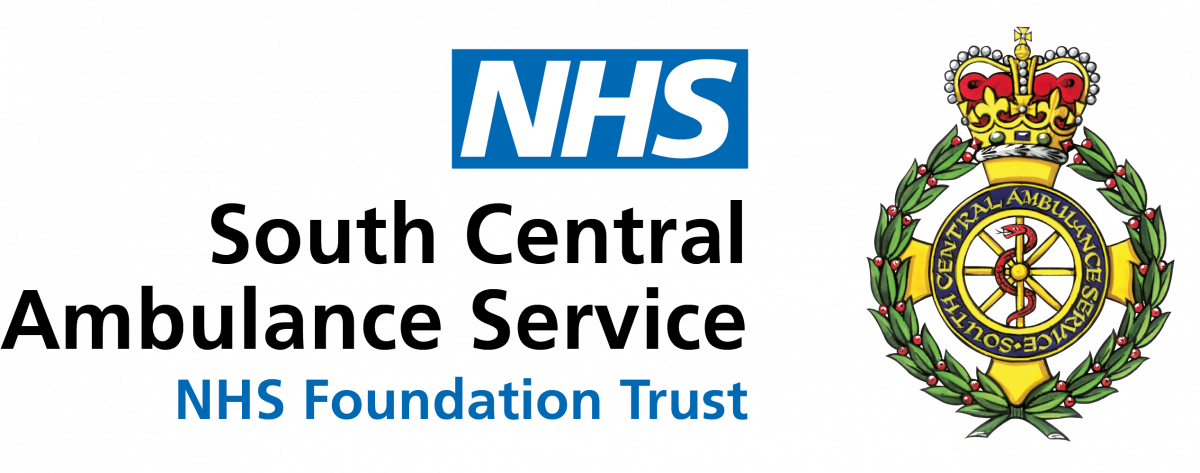
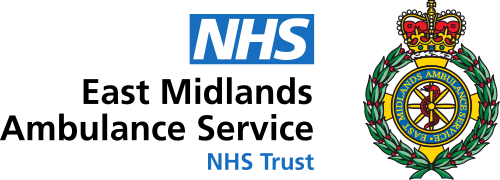







Healthcare Statistics
With an aging population suffering from long-term, chronic conditions, reduced budgets, staff shortages and missed appointments the pressure on healthcare providers has never been greater. The value of improving communication and delivering virtual care can help alleviate some of this burden.
11.9m
Citizens over 65
An aging population: people aged 65 and over are a large and rapidly growing group - there are currently more than 11.9 million people aged 65 and over in the UK, with 3.2 million aged 80 and over and 1.6 million aged 85 and over.
25m
GP appointments
In April 2022 there were estimated to be over 25 million GP appointments in England. This was around 10% more appointments per working day than in April 2019
600K
Medical devices available
There are approximately 600,000 medical devices available on the UK market. The Medicines and Healthcare products Regulatory Agency (MHRA) is responsible for ensuring the quality and safety of medical devices by enforcing the relevant regulations
£1bn+
Compensation
Poor communication was a factor in 35% of all complaints and cost the NHS over £1B per annum last year.
60%
Think digital tools and service are more efficient
60% of the NHS workforce survey respondents agree using digital tools and services to engage with service users will make them more efficient
1/20
Appointments missed
Missed GP appointments cost the NHS £216m a year, with around one in 20 wasted annually because patients fail to attend without informing the surgery; that's more than 15m missed appointments each year.
33m
999 calls per years
In 2019, before the COVID pandemic, the ambulance services were handling 47% of all 999 calls in the UK.
72%
Think digital technology makes operations cost effective
72% of the workforce survey respondents agreed that digital technology allows the NHS to operate more cost efficientlyover 210,000 a day; the online 111 service provides people with the right advice and frees up clinical call handlers' time so they are able to prioritise 111 phone callers experiencing symptoms.
FourNet Solution Portfolio
Collaboration
FourNet collaboration solutions can deliver all mobile clinical and communications needs on one application running on a single device. All voice calls, voicemail, video, presence and instant messaging can be accessed from the same screen. scheduling and conferencing, as well as screen and document sharing are all available from one single interface.
Security
Recent years have seen cyber security attacks increasing exponentially. Protecting your sensitive patient data and ensuring your network, infrastructure, and applications can keep running securely has never been so critical.
FourNet's security solutions incorporate access and endpoint security, secure networking, cloud security, network operations and security operations into one common operating system and management framework. Our managed security services offer centralised management, deep analytics and automated remediation to keep your network, infrastructure and applications secure.
Networking
Healthcare organisations need to support an agile workforce for both geographically dispersed bodies and large complex estates where everyone is in the same place. Our infrastructure portfolio incorporates wired and wireless LAN, multiple WAN technologies including direct internet access, MPLS and SD-WAN and security managed services from our strategic partner and Gartner Magic Quadrant leader, Fortinet. We deliver one interface and one single port of call for all your security requirements from infrastructure to applications.
Community Cloud
FourNet's Community Cloud platform supports the new Integrated Care Systems, offering a shared communications and contact centre platform to everyone involved in delivering patient care: Acute and Mental Health Trusts, GP surgeries, local authorities, and other partners. This shared technology removes the barriers to collaborating and enables the sharing of scarce resources and services. A Community Cloud solution enables greater integration while reducing costs for individual organisations.
WEM - analytics, agent support etc.
The challenges of the pandemic have placed even further stress on an already stretched healthcare service. FourNet's Work Force Engagement solutions utilise the latest AI-powered technologies, such as speech analytics to help management identify and support vulnerable administrative employees. Whether this is 999 call handlers or patient-facing administrative employees our solutions can
DR & BC
Healthcare organisations must plan for and respond to a wide range of incidents and emergencies that could affect health or patient care. FourNet's Disaster Recovery solutions help deliver emergency preparedness, resilience, and response (EPRR) plans, ensure business continuity and reduce the risk of impacting patient care in the event of a disaster: whether this is site unavailability or a malicious cyberattack.
Our solutions offer the highest levels of resilience and redundancy, guaranteeing 99.999% availability of service.
Procurement Frameworks



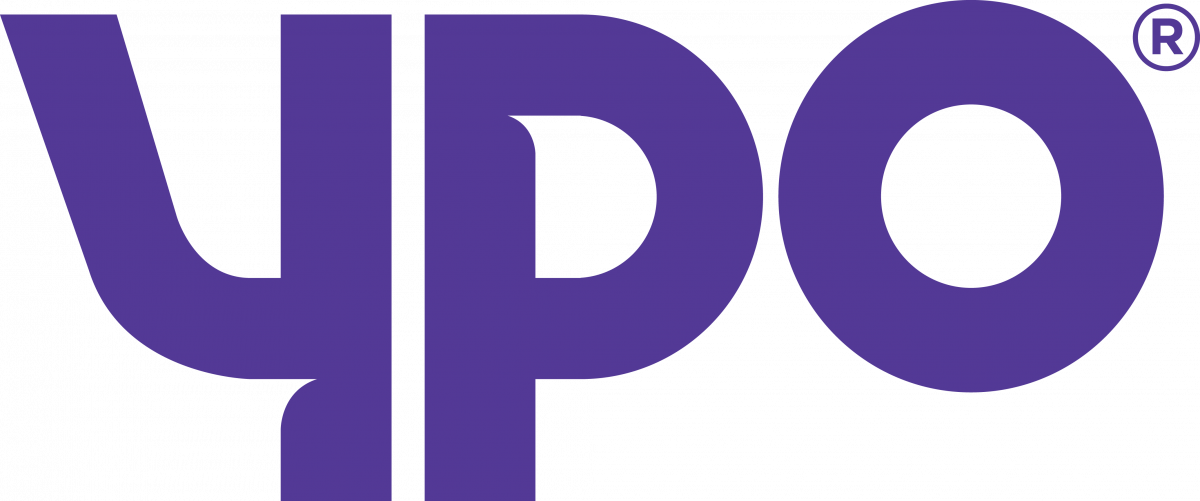
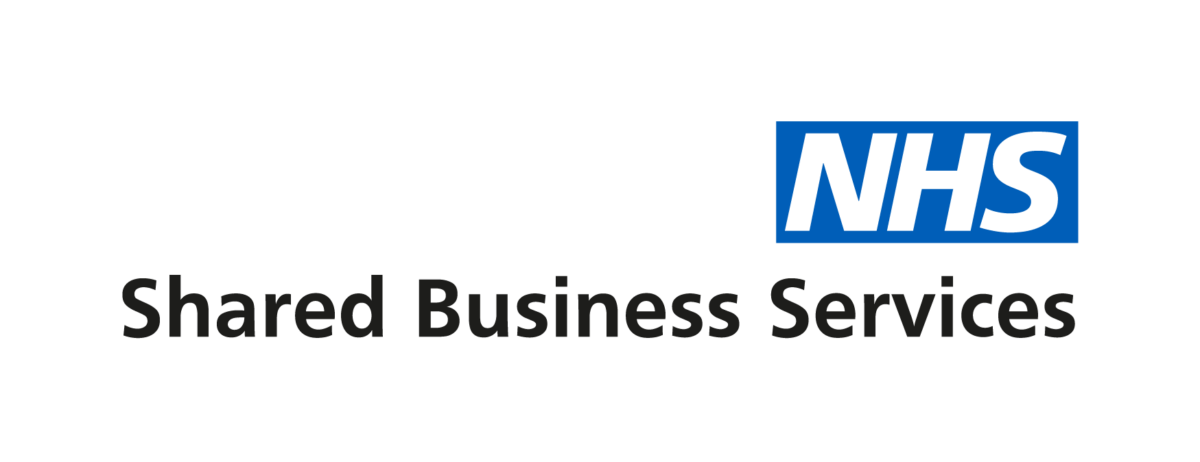
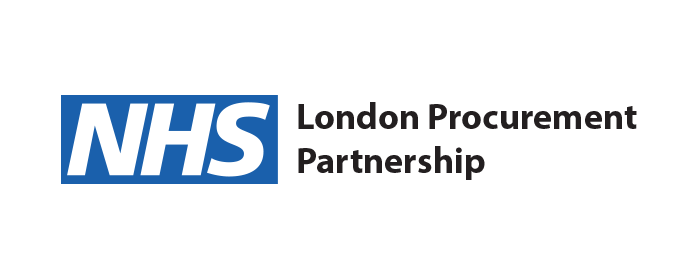










Why FourNet?
Collaborate anywhere, anytime
Unite all the tools your employees need to connect, share and work together via the same streamlined interface. All voice calls, voicemail, video, presence and instant messaging can be accessed from the same screen. It also allows scheduling and conferencing, as well as screen and document sharing.
Embrace Innovation
All FourNet solutions provide a foundation or core platform that can easily be added to or further developed to offer new channels or new services as and when you are ready to adopt them. Built in the cloud our solutions provide customers with the flexibility to test, trial and quickly adopt new services.
Integrate systems
FourNet's expertise is in integrating and transitioning existing systems with the latest technology to enable the adoption of new features and functionality. Our solutions can link the patient data and processes of an Electronic Health Record system into our Contact Centre and Communications solutions to provide a complete view of the patient.
Availability & Reliability
Built on world-class technology from industry-leading vendors, we deliver 99.999% availability for our contact centre solutions. Our healthcare solutions deliver resilience and redundancy as standard to guarantee availability and provide disaster recovery and business continuity.
Fully Managed Service
Stop problems before they happen. FourNet's Intelligent Managed Services provide 24:7:365, round the clock proactive monitoring and reactive support to keep the UK's emergency services running smoothly. Reduce risk and guarantee predictable, reduced costs.
Secure
Our Secure Infrastructure incorporates wired, and wireless LAN, multiple WAN technologies including direct internet access, MPLS and SD-WAN and security managed security services from our strategic partner and Gartner Magic Quadrant leader, Fortinet. One interface and one single port of call for all your security requirements from infrastructure to applications.
How Cyber Threats are Impacting Healthcare
In healthcare, cyber security is often focused on the network, However with the emergence of more sophisticated attacks and the proliferation of connected devices across even the most basic of environments, the scale and complexity of what needs protecting far exceed just the network. In this article we look at why healthcare is a prime target and the types of vulnerabilities being exploited.

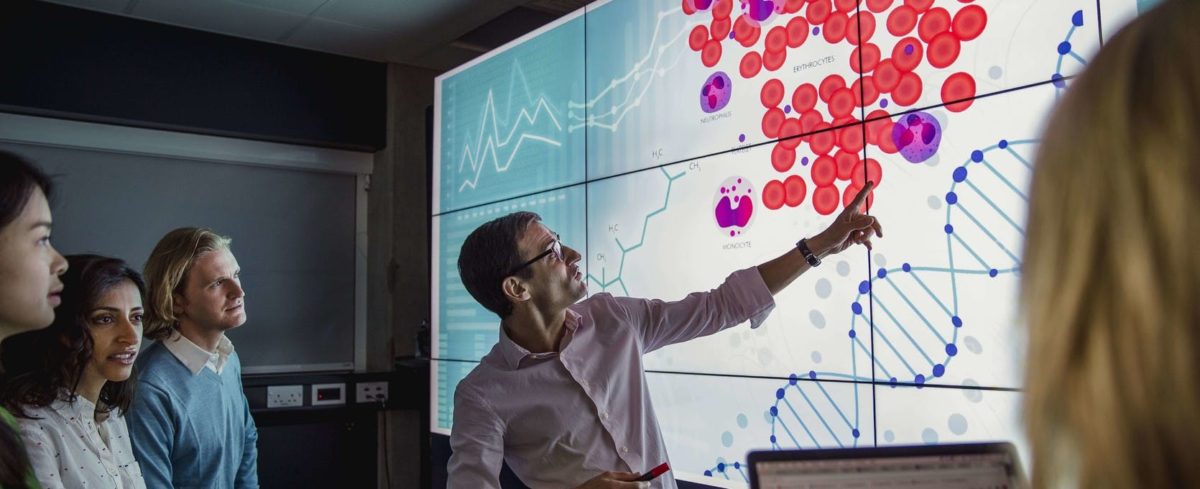
The Problems with Security in Healthcare
Unfortunately, there are no simple solutions, and the challenges around cyber security in healthcare are broad and require a multi-faceted and layered approach to addressing them.
Below, we have addressed a few of the significant risk areas for healthcare providers.
Mobile Health & Telehealth Technologies
In recent years, Healthcare providers have invested and introduced more mobile devices/tools to help improve services. It is now commonplace that patients can take advantage of telehealth services, helping get quicker access and diagnosis from clinicians over a portable device.
One of the significant challenges around this is the threat to patient data. Mobile devices carry an inherent risk and, if not protected or misused, can lead to lost, stolen or compromised patient records. Outside of these risks, there is also the increased risk of installing malware that can compromise systems and confidential data.
The UK government states that it is "developing a robust, world-leading regulatory regime for medical devices that prioritises patient safety" and "will take into consideration international standards and global harmonisation in the development of our future system". This commitment will be bolstered through the powers created in the Medicines and Medical Devices Bill.
The Connected World - IOT and Connected Medical Devices
The use and deployment of medical devices connected to the network are proliferating, and with that comes an increase in security threats. However, whilst security regulations around these devices are changing, for many years, the compliance requirements around these did not reflect the technological evolution.
Whether it's X-Ray machines, Life support systems, or Monitoring equipment, if these are connected to the network, they are exposed to any threats entering the network and are at risk of being compromised and exploited.
To give a real-world example of the risks around connected devices, a Fisher price toy 'Smart Bear' was found to have several security flaws that could allow attackers to steal a child's name, birthday and gender and other data.
This took place over six years ago, and the complexity and intelligence around cyber-attacks now are massively different.
Imagine that same scenario if an attacker could hi-jack and control a ventilator in ICU.
"We're keen to change the understanding of cyber from a technology to a patient care issue" Phil Huggins CISO for the Department of Health and Social Care
Underfunded and understaffed
I think most reading this would agree that the health service has been underfunded for many years, which means that budgetary decisions have been on perceived priorities in care.
However, it is only recently that the focus on Cyber security has grown, which has seen this rise in priority on the board room agenda. How cybersecurity is perceived is also changing. With an incident potentially impacting patient wellbeing, there is a movement to realign this as 'patient and clinical security, which changes the perception and dynamic when fighting for the budget.
The resource pressures on IT teams and lack of investment also manifest themselves in other areas. Another major challenge is older legacy systems and devices that expose the organisation to significant risk. If these cannot be patched/protected, they should be replaced, but many budgetary constraints and a lack of security awareness have seen these changes put off.
Staffing and resourcing are also a challenge. With the continuing complexity of systems and technologies, the skillsets often needed to plan, deliver, and support robust cyber practices are not there. Whilst organisations do all they can, with what they have, this still leaves many exposed to outside threats.
Adoption of advanced health technology
According to leading research firm MarketsandMarkets, 48 percent of medical devices are connected through IoT, which is expected to rise to 68 percent in the next five years.
With hardware and software applications within the NHS, including Appointment Management, Patient Administration, and Laboratory Information Management Systems now utilising advanced analytics and AI, driving efficiency and change needs a connected healthcare environment.
Integrated Information
Many healthcare providers are not prepared to interpret and process the vast amount of data that new systems can deliver. Whether its clinical, patient or device data, many lack the appropriate infrastructure to manage and utilise data collected from multiple sources.
Interoperability
The lack of agreed standards for digital health systems and the lack of interoperability and standards between systems and services presents a challenge for healthcare. With interoperability, providers can gain key insights and efficiency improvement, which can impact patient care.
Cyber Security
With the health sector holding personal information, the risks from cybercriminals and state-sponsored cyber-attacks are ever-increasing. However, whilst Patient Security is high on the board's agenda, a lack of understanding, resources and budget can be a prohibitive factor in designing and implementing effective security strategies.
Conclusion
With our health sector experience, FourNet understands the nuances and challenges faced. The need to digitally adapt and transform healthcare has become more critical as technologies become more advanced.
Partnering with FourNet, you have an experienced partner who can help guide and deliver needs across varying IT disciplines such as Patient Experience, Cloud, Security, Contact Centre and IOT & Automation can provide advantages in both scoping and delivering change.
We offer a broad portfolio of services and can assist out of the box with free Cyber Threat Assessments (CTAP) and Phishing tests to check staff's propensity to respond to common cyber-attacks.
Our award-winning Agile cloud and Antenna solutions deliver secure community-driven cloud solutions and allow providers to reduce expenditure and control costs for the longer term.
Whether you are looking to align services and systems or boost cyber defences across the trust, we have the experience, capabilities and desire to help you deliver the right solution and achieve the right outcome.

Get in Touch
Complete the form opposite and a member of the Fournet team will be in touch to see how we can help